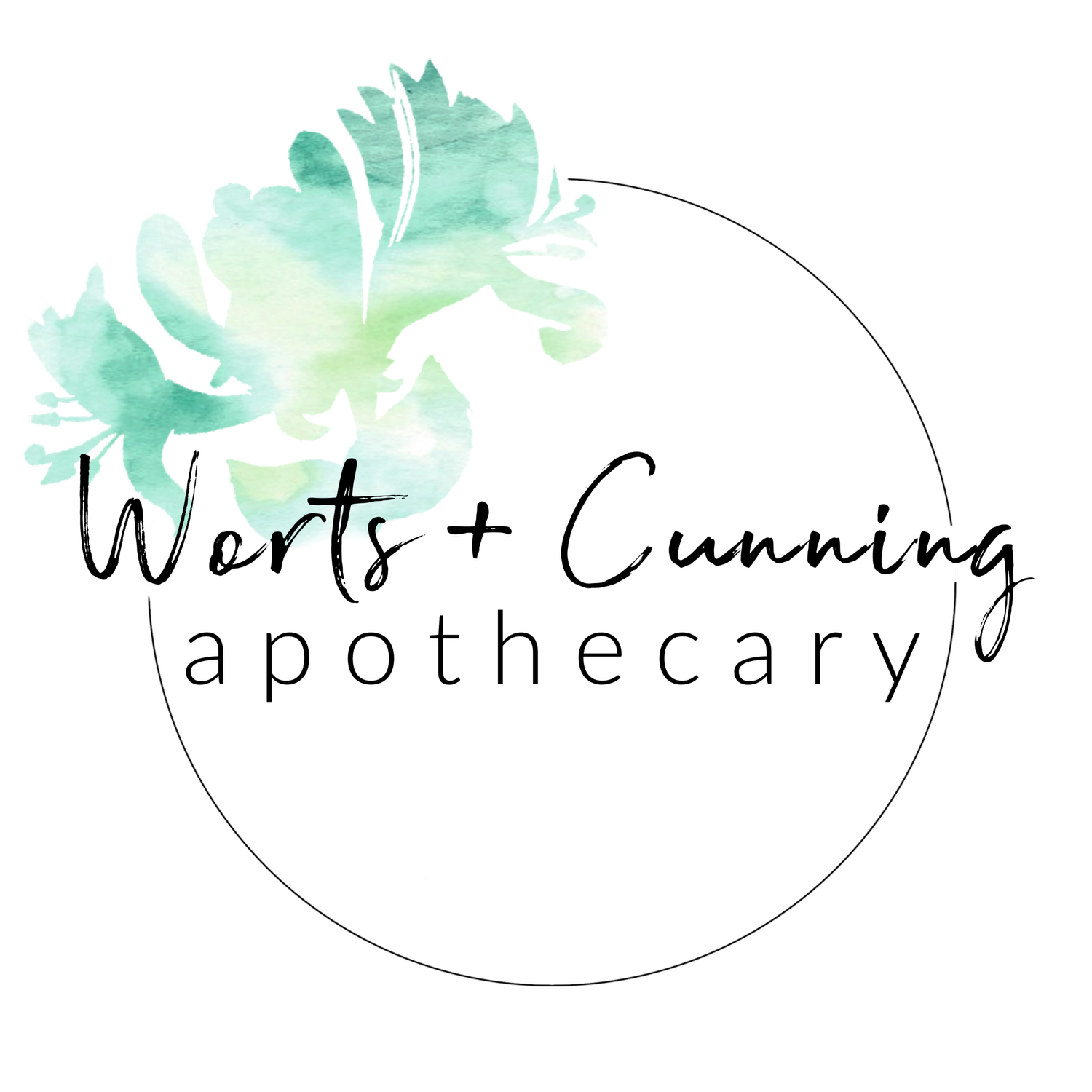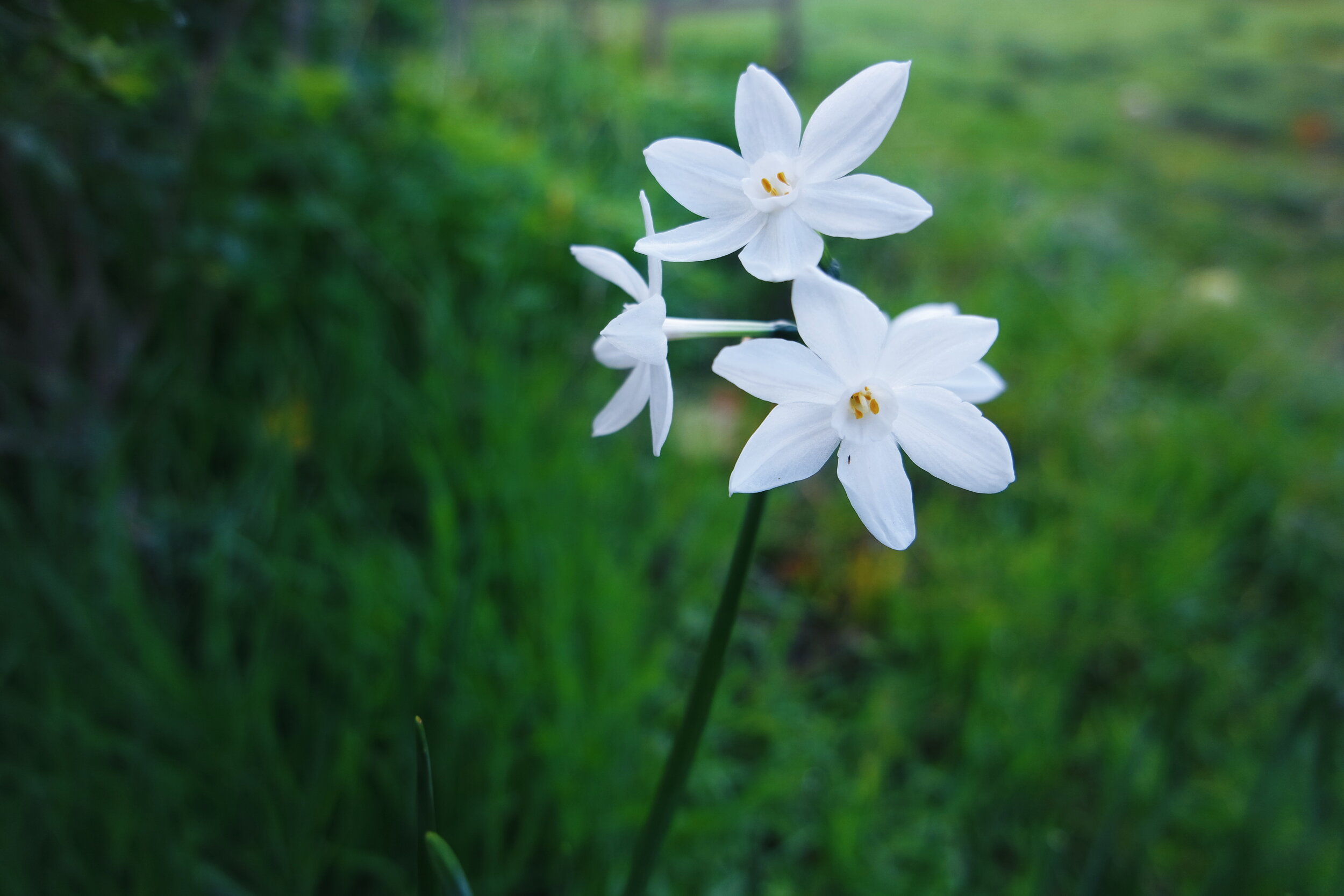A Might-do List for Imbolc
Imbolc, known also as Imbolg, Candlemas, Oimelc, Lá Fhéile Bríde and Là Fhèill Brìghde, marks the beginning of spring in some parts of the world and the slow retreat of deepest winter in other areas. The holiday has ancient origins in the Gaelic world and for many modern Pagans it’s seen as one of four cross-quarter or fire festivals where the ancient custom of gathering around a source of warmth and light - be it a bonfire or candle - are central in celebrations. Imbolc is a time of lighting candles, making vows in the seedbed of dark and quickening light, and a time to gather back together after the busy-ness of the winter holiday season. Continuing a project started last Lughnasadh, here’s a list of nine things that you might-do (or not) for the candle festival of Imbolc.
Light and bless candles. As I’ve mentioned before, I spend the time between Yule and Imbolc making candles. I collect leftover wax from the candles I’ve burned all winter and combine that with soy wax to fill candles containers both large and small. While Imbolc is celebrated in a variety of ways, it is for me inseparable from the Goddess Brigid. As a Goddess of Fire I bless candles at this time of the year when She is walking the land with Her red-eared white cow. The story of Brigid’s flame is a powerful one and miraculously, witchedly, blessedly it is still burning today. At one point in our family’s Imbolc celebrations we turn off all the lights in the house and blow out all the candles except for one - Brigid’s flame lit from the flame of Brigid in Kildare - which we use to light up all of the candles in the house again. We then bless unburned candles that we’ll be using for the rest of the year by Her candlelight.
Keen and holler. If you went to the same college as me at the same time that I was there you may have heard a cacophony of hollering and keening accompanied by the banging of pots and pans. That was me and my witchen kin helping to wake up the earth for the coming of spring. Friends, this is an abundantly fun thing to do and I highly recommend it. First, making noise and stomping on the earth is tradition. Second, the winter can be a time of stuckness and stagnation, including of our emotions. Keening is a very effective way to loosen up the feelings and let them fly out instead of burrowing deeper in. It’s good practice for protest season, too, as the weather continues to warm.
Make offerings to earth, sky, and sea. Every Sabbat is a renewal of vows in our relationship to the holy world around and within us, but Imbolc feels especially renewal-ly to me (I hope you’re impressed by that linguistic triumph). I make some of my more purposeful and larger offerings at this time of year. In keeping with the traditions of some of my Celtic and British ancestors, I make offerings to earth, sky, and sea (though nowadays, my local rivers carry my offerings to sea). What you offer is up to you, but making offerings can be a beautiful way to open up the path ahead for whatever you hope to bring into your life. Auspicious timing for making the offering would be at sunset on the eve of Imbolc or right before you perform any act of divination (there are a number of ancient divination practices around Imbolc that survive, including divining for the weather).
Recite and write poetry and speak your vows. Brigid is the Goddess of poetry and smithcract so the recitation and writing of poetry is potent ritual work for the season of Imbolc. It is also a modern tradition amongst some witchfolk to consecrate magickal tools, perform initiations, and make vows at this time of year for what we hope to do in the next year (be that calendar year or until Samhain or next Imbolc). These can be vows ranging from following through on spiritual practice, earth-centering practices such as attending Fridays for Future or implementing plant-supporting change in your life or finishing a project. Call upon your Gods, Guides and/or Ancestors of inspiration to witness and support you. Plant your vows like seeds in the rich soil of the season of Imbolc.
Take a milk bath. Among mammals, milk is a source of life and as a species we’ve written more than one myth involving milk as a symbol of renewal and rebirth. After a long winter - and especially one that finds us indoors more than out - it can be a powerful ritual to immerse yourself in a bath of healing milk. I use plant-based milks in my life and practice and my favorite milk bath is one made with Oats. Oats are soothing and nourishing to the skin and Milky Oat (Avena sativa) is one of the most beloved of nervines (i.e. herbs that support and tend to the needs of the nervous system) within traditional western herbalism. Your bath could be as simple as adding Oat milk to your bath (also, it’s super cheap and easy to make if that’s your sort of thing) or you could combine it with other sacred Imbolc herbs. Dedicate your bath to something you wish to renew in your life and at the end, when the waters are draining away (or you’re collecting them to add to your garden), allow obstacles in your life to be washed away. There are so many milk bath recipes out there, so if you need some inspiration just do a quick search.
Create a Brigid’s Cross (or similar holy symbol). Traditional Brigid’s Crosses are made out of local varieties of rushes - I like to make mine out of whatever sturdy grasses are growing in my yard. The Cross is a symbol of protection and blessing from the Goddess Herself as she returns from the cold mountains back to the valleys below. If you don’t work with Brigid specifically, find other culturally and spiritually relevant symbols to craft at this time of year.
Invite the Goddess in. The wikipedia page for Imbolc is rather robust - there are a lot of songs and traditions that were recorded and survived into modern times making it a Sabbat rich with traditional lore. Included are the varied ways that the Goddess Brigid was inviting into the home. The season of Imbolc is a time of migration, so take time to invite home your beloved Gods, Guides, and Ancestors. Speak prayers to those in patterns of forced and chosen migration that they may be protected and find welcoming doors open for them (and follow it up with hope and action). If you love a bit of research, I’ve collected some of my favorite resources for British and Celtic herbalism and spirituality that can be accessed for free for all of my Magick Mail subscribers.
Bless your holy cloths. Since the Goddess is walking the land this time of year, waking up the earth, She is inclined to bless those things left out to catch Her attention. One tradition of Imbolc is to leave a strip of cloth out so that as the Goddess passes by She’ll bless it with Her healing gifts. This cloth can then be used throughout the year as a healing talisman. I leave out a silk cloth that I use to wrap my very first and most beloved tarot deck in because my tarot deck is a tool of healing for me and it means that I am handling this healing cloth regularly throughout the year. Blessed cloths can be used to make healing bundles, to wrap up parts of the body, and to keep on your altar or person.
Donate time, money, and resources to animal welfare organizations. One of the energies of Imbolc that can be forgotten through all the joyful noise of waking up the sleeping earth and inviting the Goddess in, is the incredible vulnerability present in so much of the traditional symbolism of season. Those who require nursing milk to survive are young and dependent upon the older ones in their lives. Brigid’s flame is tended for nineteen days by Her priestesses (and now Her nuns) and on the twentieth day the flame is tended by the Goddess alone. Or think about the little lambs, a common symbol of the holiday for many modern Pagans, being born this time of year. Life is small and tender and precious at Imbolc - that’s why it can be such a great time to donate your time, money, and resources to animal welfare organizations in thanks for the ways that animals have supported our species since the times of our most ancient ancestors. It’s another way to help remind ouselves that our Sabbat celebrations are not oriented solely around the affairs of humxns but all of our creature kin.
Check out all of my might-do lists for the wheel of the year. You can find further Imbolc magick with a tarot spread for the season and learn about herbs for the sabbat.
You can also check out the rest of my might-do lists for the sabbats and beyond.
I wish you and yours a season of growing hope, sturdy seeds, and plenty of promise-filled magick.







